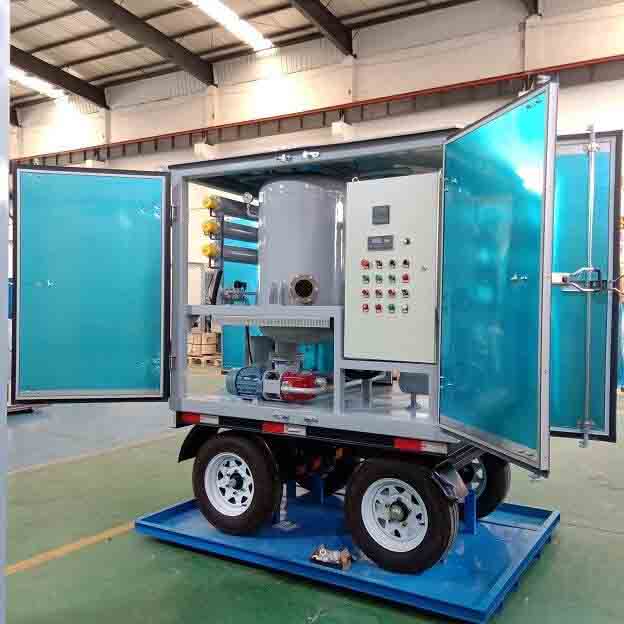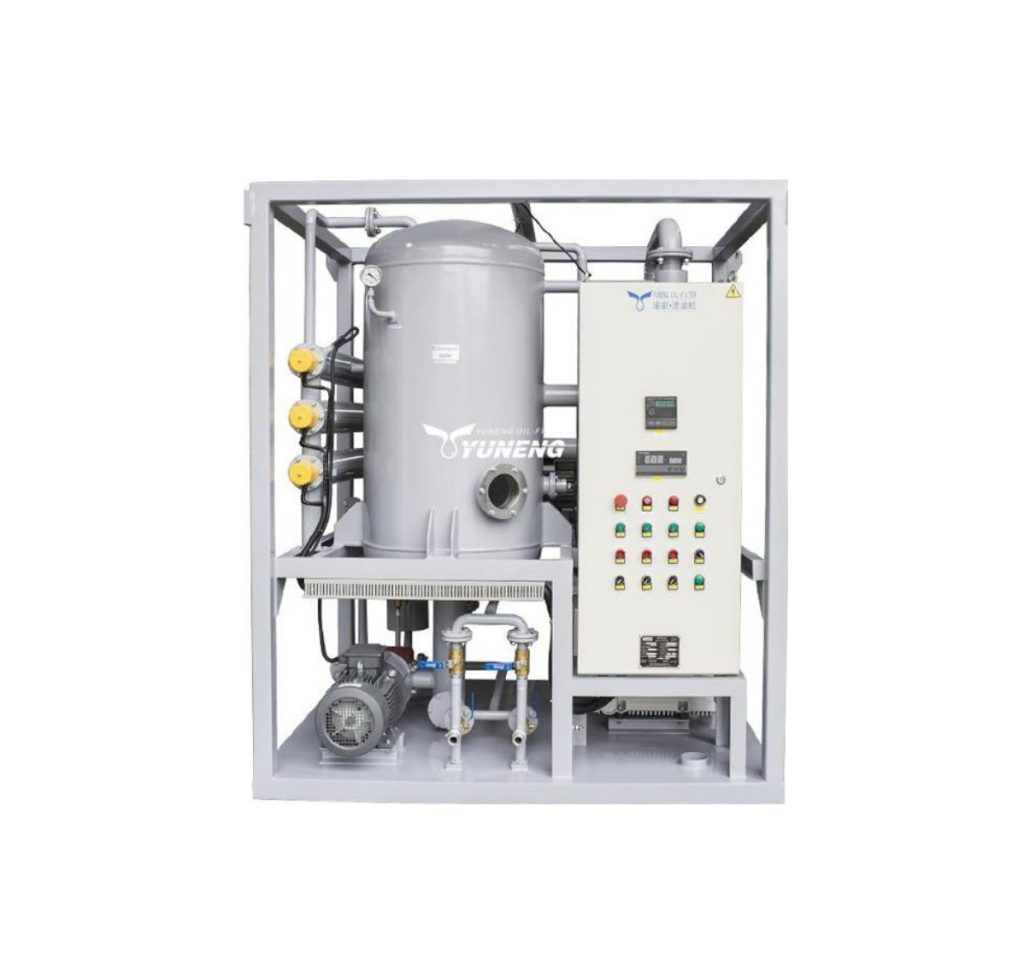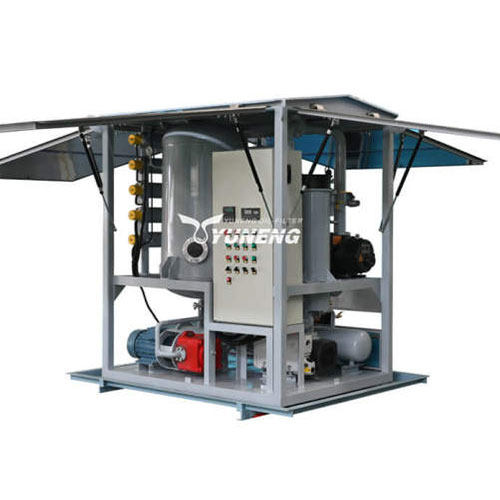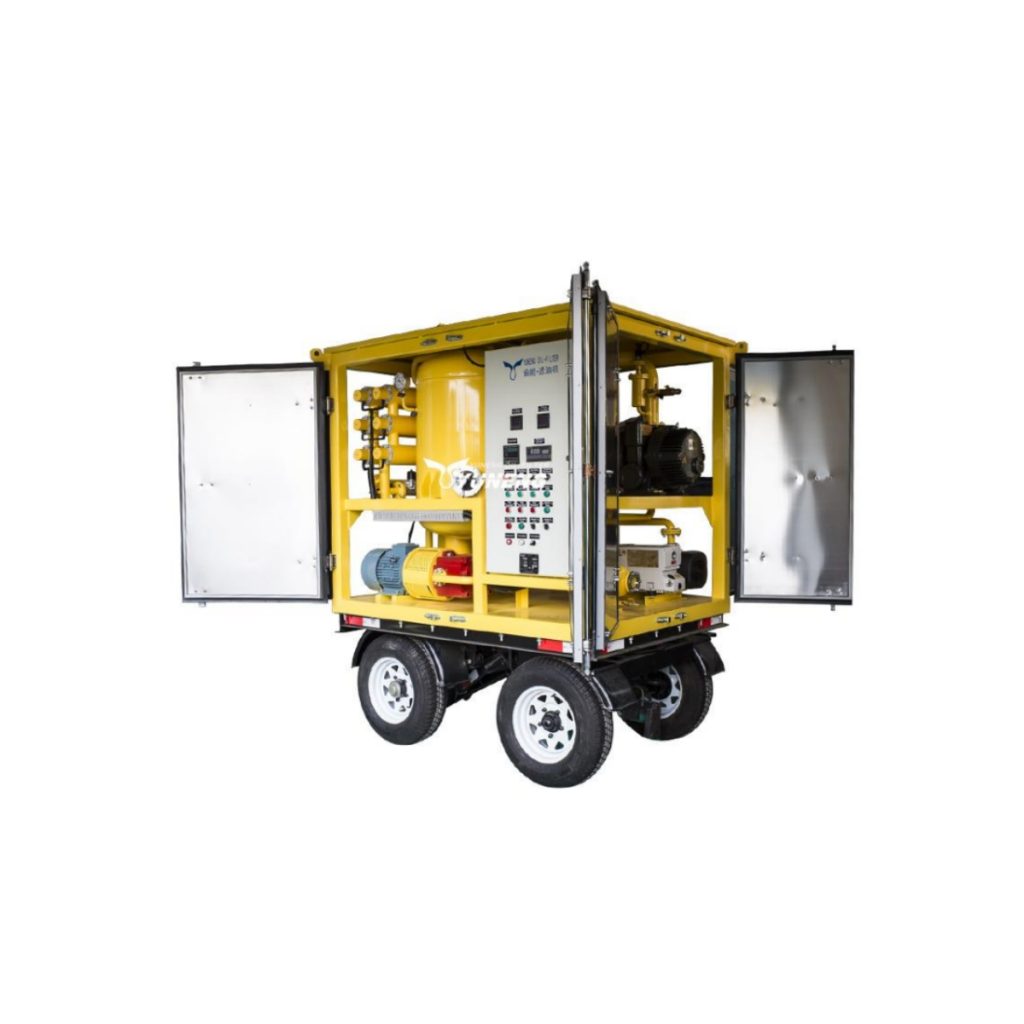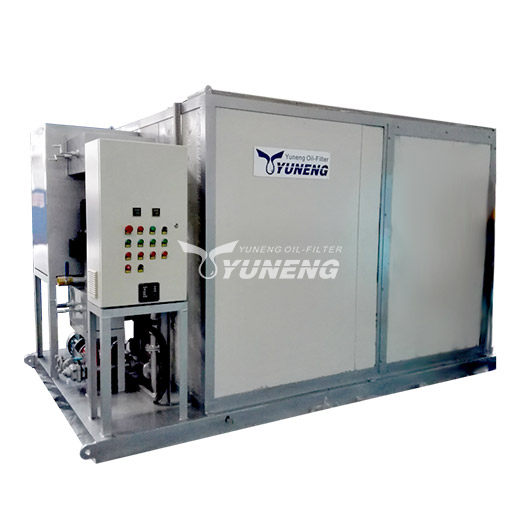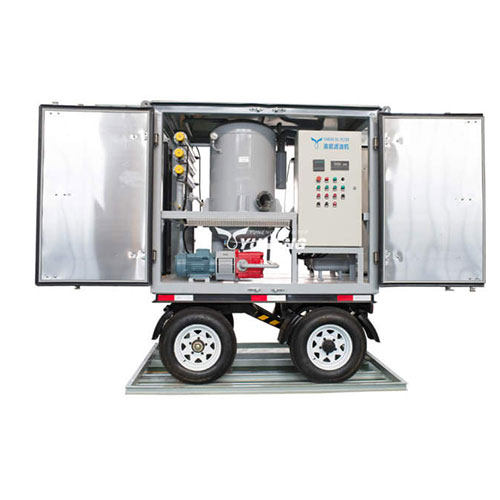How to ensure the normal operation of transformer oil?
Transformer oil, also known as square shed oil, is a fractional distillation product of petroleum. Its main components are aromatic unsaturated hydrocarbons, alkanes, naphthenic saturated hydrocarbons, and other compounds.
Transformer oil is used as the insulating medium of the transformer, and its function is to make good insulation in the transformer’s core and windings. And it is also a medium for heat dissipation, transferring the heat radiated from the operation of the iron core and winding to the cooling device. Due to its insulating effect, the insulating oil must have a certain electrical insulating strength according to the voltage level of the transformer.
However, transformer oil may come into contact with air during operation. If the transformer is installed outdoors and not properly protected, there is a good chance that rainwater will seep into it. And the transformer operates at a higher temperature, and the upper oil temperature may be as high as about 95 ℃. The above situation will lead to the deterioration of the transformer oil quality and the reduction of the electrical insulation strength.
For newly installed and overhauled transformers, in addition to dealing with the problems of heat dissipation, moisture-proof, and anti-deterioration of the transformer, oil samples should be regularly tested to understand the state of oil quality during operation.
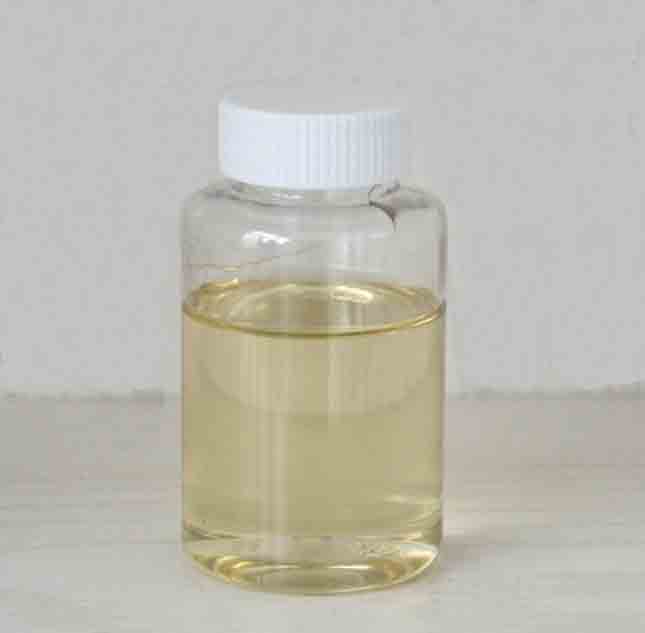
Transformer oil test
New or operating transformer oil needs to be tested. According to the transformer operation regulations, the transformer oil should be sampled and tested every year. In general, not all items must be tested, we can do simplified tests. The simplified tests include the following items:
(1) Moisture.
Transformer oil may be entered by the outside world or self-oxidized to produce water during transportation, storage, and use. The generated water will exist in the following states: First, free water. Mostly water invading from the outside world. The second is that extremely fine particles dissolve in water. Usually enters the transformer oil from the air, sharply reducing the breakdown voltage of the oil. The third is emulsified water. If the transformer oil is poorly refined, the oil is aged due to long-term operation, or the transformer oil is contaminated by emulsions, the interfacial tension between the oil and water will be reduced. If the oil and water are mixed together, and emulsified state will be formed.
(2) Flash point.
It refers to the minimum temperature at which the mixture of steam and air escaping when heating the oil comes into contact with the flame and flashes instantaneously under the specified test conditions.
(3) Mechanical mixture.
It refers to the solid insulating fibers and other fibrous structures present in the oil. Soluble resin, sludge, and free carbon are decomposed from unsaturated hydrocarbons in transformer oil.
Among the influencing factors on high-voltage insulation, the influence of metal particles is far greater than that of non-metallic particles. Due to the large size of metal particles, which are mainly deposited on the bottom of the box and the insulating surface, it is rarely found that the cause of the failure is caused by metal particle contamination in the reports of transformer failure events. Due to the small content of metal particles and their ability to be absorbed by antioxidants and inactive, metal particles generally do not have a great impact on insulation. The particles in the oil mainly exist in the form of non-metallic impurities, which themselves will not have a great impact on the insulation strength of the transformer. However, if moisture and impurities coexist in the oil, the two will have a significant impact on the insulation of the transformer. Therefore, when detecting the particle size in oil, in order to detect the insulation performance more accurately, it should be detected together with the water content in the oil at the same time.
(4) Electrical insulation strength.
It refers to the minimum voltage when the oil layer between the two electrodes of the oil tester breaks down.
(5)Free carbon.
It is best to have no free carbon, even if there is a small amount, it means that the transformer oil has overheated.
(6) Acid value.
It expresses the number of organic acids in the oil. It is the product of the oxidation of hydrocarbon compounds in the oil, or the decomposition product of the oxides and impurities in the oil under the action of a certain temperature.
(7) pH.
It is caused by the oxidation and saponification of insulating oil and is one of the important properties of insulating oil.
After the transformer oil has passed the above-simplified experiment, if it does not meet the relevant standards, it is considered to be unqualified and must be dealt with accordingly. If the electrical insulation strength is unqualified, it needs to be filtered. If some of the chemical properties are unqualified, regeneration treatment is required.
Judgment of Transformer Oil Quality
1. The color of the oil is observed from the color, the new transformer oil should be light yellow, and the color should become darker after being oxidized. If the new oi is in dark color, it must be unqualified oil. During operation, if the color of the transformer oil changes quickly, and the light yellow oil quickly becomes dark, this indicates that the quality of the oil is not good.
2. Transparency. A good quality transformer oil in a glass bottle should be clear and have some violet fluorescence. And if the transformer oil contains mechanical compounds and free carbon, then the transformer oil will lose transparency and no fluorescence.
3. The smell of oil, the smell of new oil should be a little bit of kerosene. If it is mixed with other smells, it may be that the oil quality has been damaged.
Operation requirements of transformer oil.
During the operation of the transformer oil, once it comes into contact with the air, it will cause moisture, which is not conducive to the service life of the transformer oil and will further strengthen the erosion of metal equipment and produce deposits in the transformer oil. The oil that has deteriorated is more susceptible to moisture than new oil and will age much faster than new oil. During the operation of the transformer oil, it will be affected by external factors, such as air, temperature, and other factors. This external influence will accelerate the aging process of the transformer oil. Therefore, we have to take certain measures to ensure the operating quality of the transformer oil and help it to prolong its use time.
After the transformer oil is inferior and aged, it can be filtered by a transformer oil purifier or regenerated by a transformer oil regeneration machine. Moisture, impurities, and sludge in the oil that accelerate the aging of the insulating oil can be filtered, and the physical and chemical properties of the transformer oil can be restored.
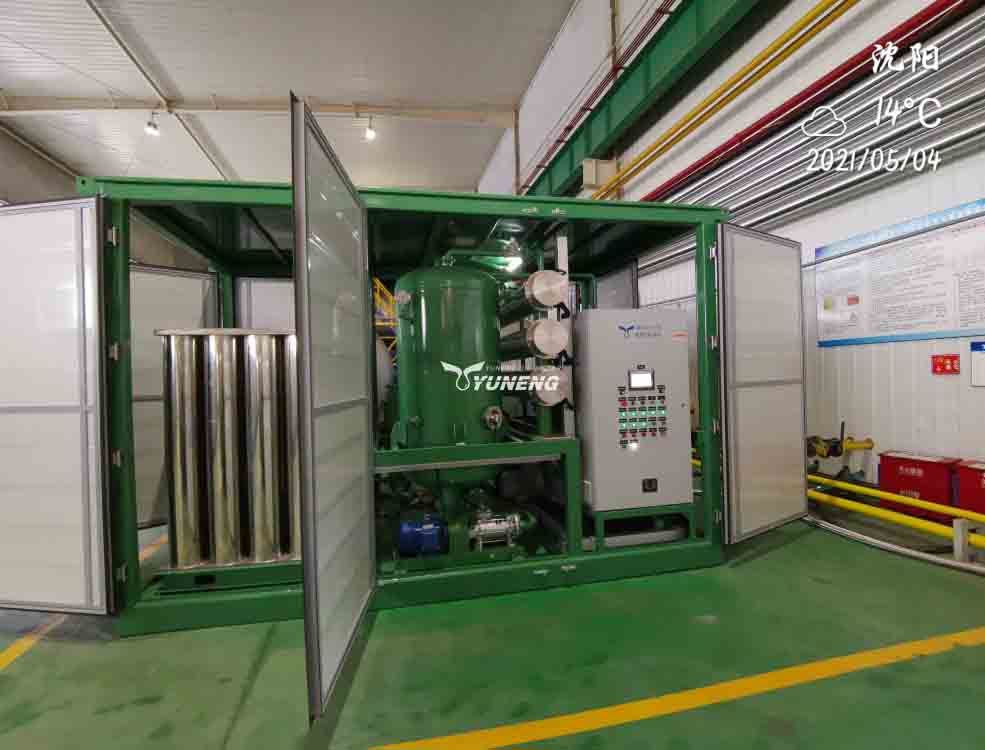
After years of hard work, YUNENG has successfully developed a variety of transformer oil purifiers and transformer oil regeneration machines, which can meet different oil products and requirements. In addition, we also produce equipment including the transformer vacuum pump dry air generator, sf6 gas treatment unit, lubricating oil purification machine, etc.
Please contact us at any time if any inquiry or doubts, we’re happy to serve you.

